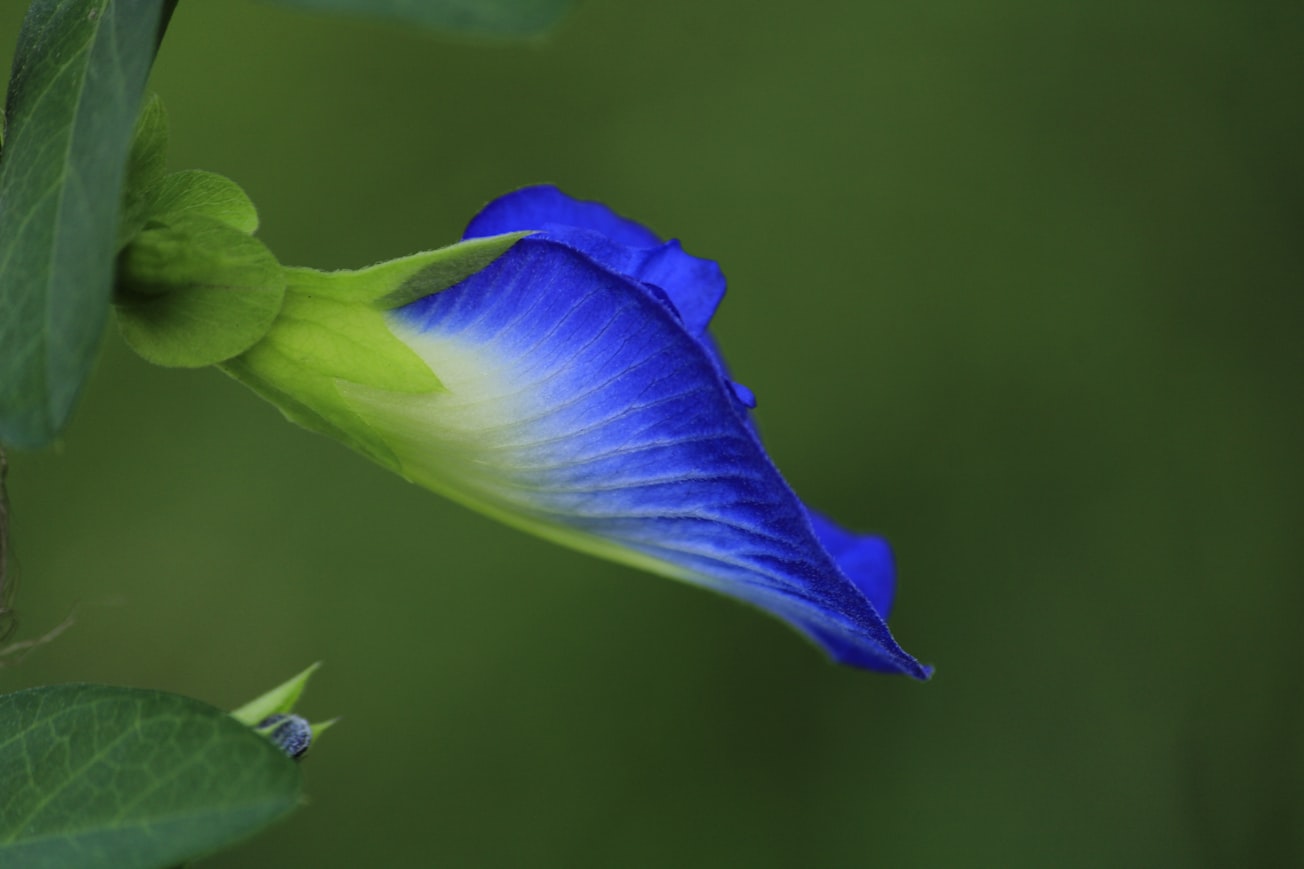What is it about?
Today, most blue coloring agents used by the food industry are synthetic. With increasing health issues concern, there is a trend to look for natural alternatives to most synthetic products. There only exist few natural blue colorants: anthocyanins, iridoids and phycocyanin. The chemistry, health benefits and applications of each one of them are presented, along with the methods to recover them from their natural sources.
Featured Image

Photo by Srinivas Sudagani on Unsplash
Why is it important?
Our study gathers the main findings of over 200 experimental studies on the recovery of natural blue colorants. Besides having all the information together, it helps finding general trends that cannot be observed in a single study. On one hand, there is a great potential for anthocyanins, phycocyanin and genipin use as natural food additives with health benefits, besides imparting color. On the other hand, the technologies for their recovery and application are not mature enough. Moreover, color stability is an issue for all three substances reviewed in this work. Therefore, there is much research to be done in all areas regarding obtaining and applying natural blue colorants.
Perspectives
As we look to live healthier, it is important that the industry finds alternatives to help the consumer, as we cannot grow our own food in our backyards. Nature has plenty of helath beneficial molecules, with several other applications, as colorants. I find a great contribution to help detect these molecules and the methods to recover them from nature through environmentally friendly processing so they can be made available to many people.
Juliana Prado
Federal University of ABC
Read the Original
This page is a summary of: Extraction Methods for Obtaining Natural Blue Colorants, Current Analytical Chemistry, July 2020, Bentham Science Publishers,
DOI: 10.2174/1573411014666181115125740.
You can read the full text:
Contributors
The following have contributed to this page







